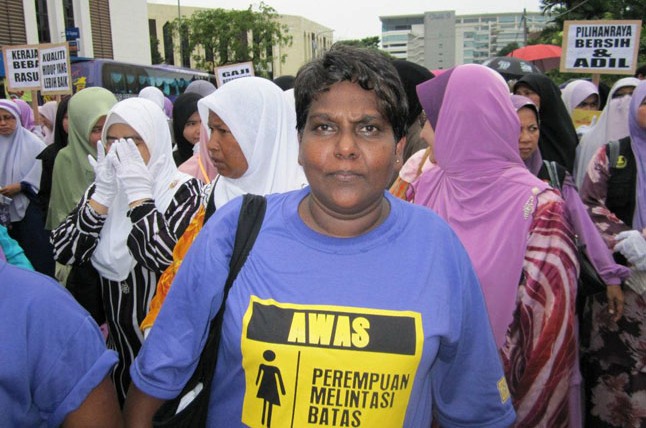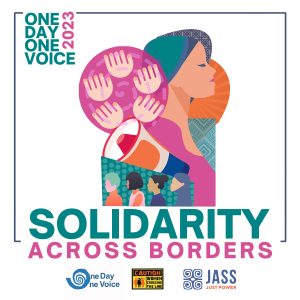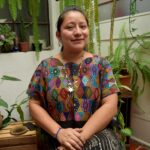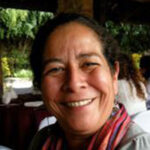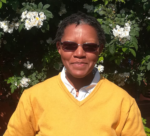“When a woman goes to a police station to report domestic violence in Malaysia, the police ask questions such as ‘how many children do you have?’ or ‘do you love your husband?’ Then she is told to go back home,” says Manohara Subramaniam of JASS Southeast Asia.
This situation is so familiar. It happens in Malaysia, in all countries of Southeast Asia and in many places across the globe.
“We are living in this kind of house – the Master’s House,” says Niken Lestari of Indonesia. “I wonder if there’s a door or a window where we can get out. What tools can we use to open that door or change what happens inside the house?”
What exactly is the “Master’s House?” How is it built and why do we continue to live there? This was one discussion point in a dialogue between JASS women from five countries of Southeast Asia – Burma, Cambodia, Indonesia, Malaysia, and the Philippines – held in Bali, Indonesia from 19 to 21 January 2013.
What is the Master’s House?
The Master’s House is a popular education method initially designed by Koni Benson, Anna Davies-van Es and Shereen Essof. It provides an image for understanding patriarchy, which JASS defines as “systemic and institutionalized male domination and the cultural, political, economic and social structures and ideologies that perpetuate gender inequality and women’s subordination.” As a system, patriarchy works in tandem with other normative institutions such as religion, cultural beliefs, education, the state and the media. Together, all these systems build the Master’s House. As women, we live in this Master’s House, as Manohara’s story demonstrates. Since women have grown up in this house, we have also internalized certain thoughts that are patriarchal.
So how and where does the Master’s House get built? And where do we learn what we know? In our families, in the community, through the church/religion, in our work place, through the media, in school, by experience, through culture and tradition – so it’s practically everywhere!
Becoming Saraswatis
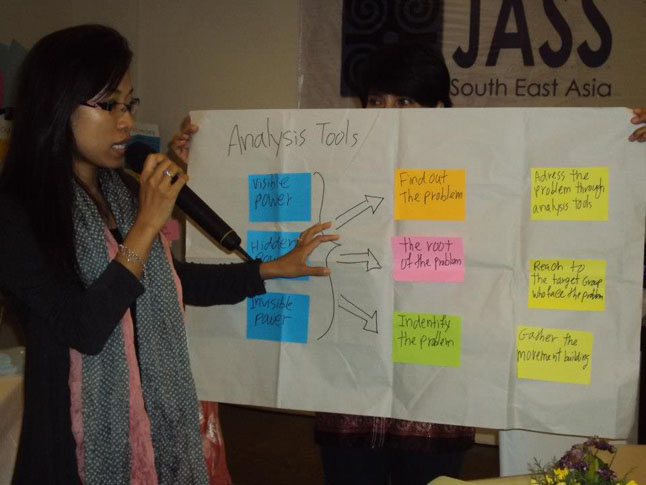 Contributing to the tone and energy of the JASS SEA dialogue was an activity called the Tapestry of Ancestors – Our Saraswatis. Inspired by the Mural of Ancestors, a methodology developed by JASS Mesoamerica, the Tapestry involves each participant introducing herself by describing a chosen ancestor. Since the dialogue was held in Bali, Indonesia, JASS chose to name inspiring ancestors after Saraswati, one of the most revered and popular Balinese goddesses. The Goddess of Knowledge, Saraswati is symbolized by a beautiful woman with four hands, riding on a white swan among water lilies.
Contributing to the tone and energy of the JASS SEA dialogue was an activity called the Tapestry of Ancestors – Our Saraswatis. Inspired by the Mural of Ancestors, a methodology developed by JASS Mesoamerica, the Tapestry involves each participant introducing herself by describing a chosen ancestor. Since the dialogue was held in Bali, Indonesia, JASS chose to name inspiring ancestors after Saraswati, one of the most revered and popular Balinese goddesses. The Goddess of Knowledge, Saraswati is symbolized by a beautiful woman with four hands, riding on a white swan among water lilies.
In Building Herstory, the group “situated ourselves and our struggles in time.” To construct a country-level timeline, participants named four pivotal events or actions in their country’s history that impacted women’s rights. From the country level, discussion moved on to regional and global history, to identify key forces, factors, and movements that have affected women and their struggles for equality and justice. JASS featured as a significant element of country-level, regional, and global herstory.
The Context
In Southeast Asia, JASS emerged at an opportune time. JASS SEA was formed in 2007 by Indonesian women activists and long-time JASS allies Nani Zulminarni and Dina Lumbantobing. JASS SEA began with processes to strengthen women’s leadership and movements in Indonesia and Timor L’este. From then on, JASS SEA partnerships have grown considerably over the years.
At present, the rich experiences of JASS SEA partners need to be consolidated and documented; praxis has to be equated with theories and concepts. As JASS Regional Director Nani Zulminarni notes, “Sometimes we face challenges in translating our experiences into concepts that will help us strengthen our movement, while at the same time keeping us grounded. That is why our approach to organizing and feminist movement building in this region is critical.”
The Contribution of JASS
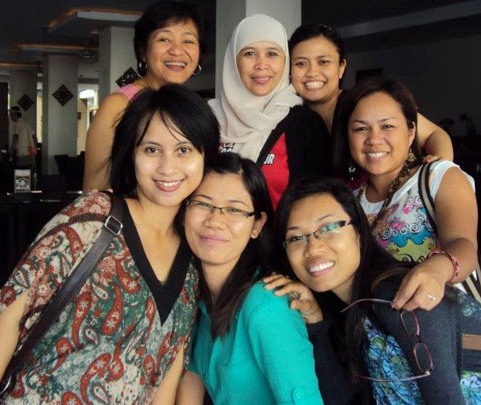 With its feminist tools of analysis and popular education methods, JASS has much to contribute to its partners’ movement building initiatives and to strengthening a regional women’s movement.
With its feminist tools of analysis and popular education methods, JASS has much to contribute to its partners’ movement building initiatives and to strengthening a regional women’s movement.
Over a span of five years, JASS was able to facilitate the formation of three organizations in Southeast Asia with young women at the helm – the Cambodian Young Women Empowerment Network (CYWEN), the Movementu feto foin Sae (MOFE-TL) or Young Women’s Movement-Timor L’este, and Forum Aktivis PereMpuan Muda Indonesia (FAMM-Indonesia) or Indonesia Young Women Activist Forum. JASS was also able to create spaces for women from diverse fields and political persuasions in the Philippines through the JASS Network-Philippines and in Malaysia through the JASS Malaysia. With the changes in the political landscape in Burma, JASS contributed to the resurgence of a women’s movement principally fuelled by Burmese women activists in exile in Thailand. Clearly, JASS Southeast Asia is evolving into a vital catalyst in creating spaces and amplifying feminist voices across the region.
It is in this context that JASS SEA is now in the process of theorizing the concrete experiences of its partners. The majority of women active in JASS SEA processes are young, grassroots women organizers. For them, JASS’ concepts, such as the power framework, enrich feminist analysis and lay the foundation for building a regional movement.
As one participant concluded, “Despite the great variety of our cultures, Southeast Asia has one single demand: to empower women to leave the Master’s House.”
As Manohara turned away from the police station, she and her group from the Women’s Equality Association (WEA) set an agenda to organize weekly group meetings to discuss the urgent problems that women in her community experience, including how to effectively address domestic violence.
As women’s movements in Southeast Asia are growing in strength, here’s a warning to the Master’s House and its minions: Get ready to be demolished.

